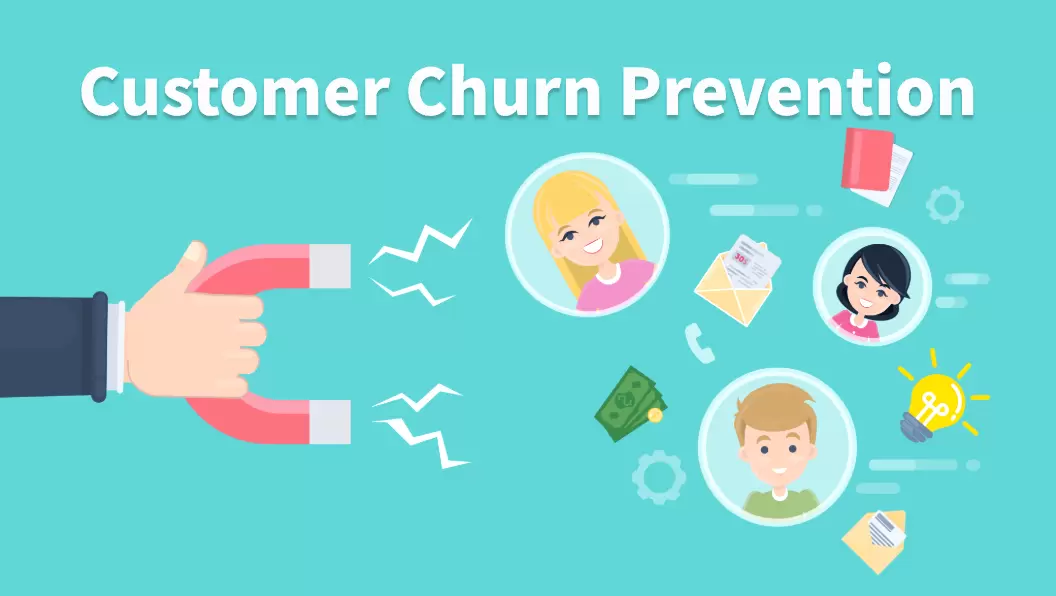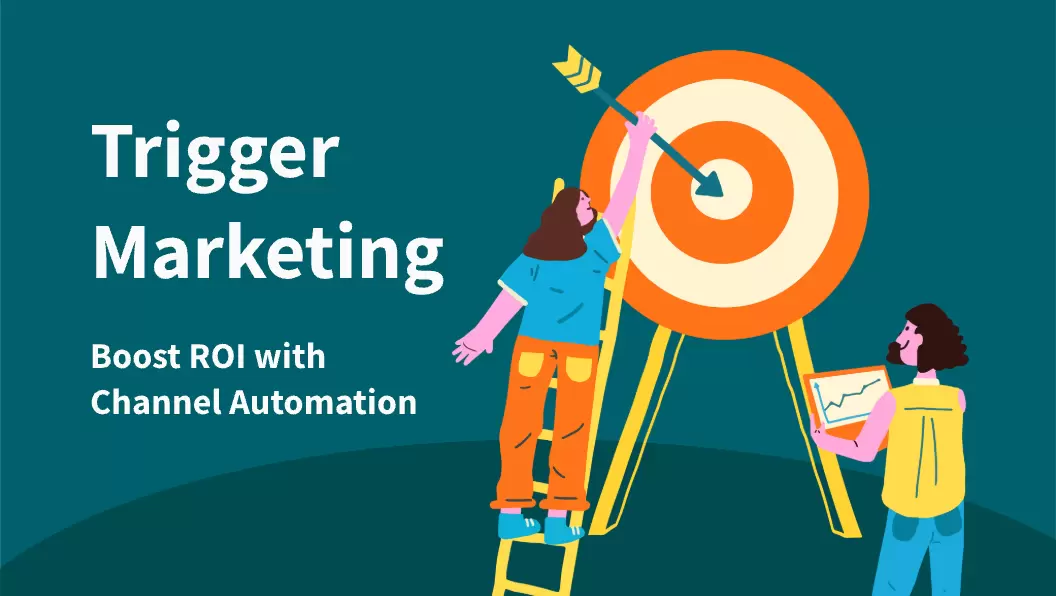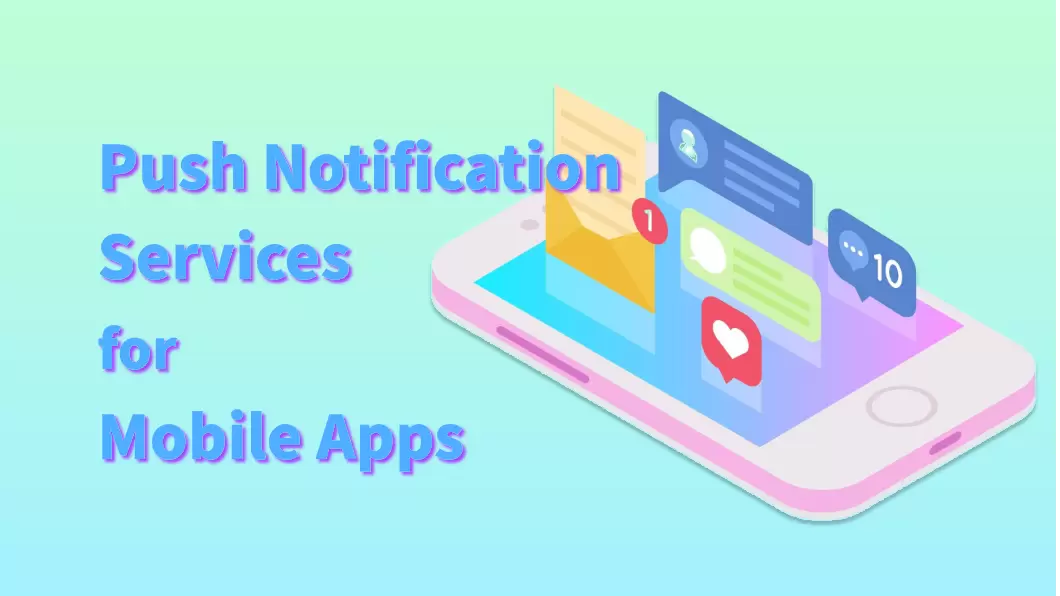SaaS integration is not a buzzword. It is a smart, effective, and affordable way of connecting different business tools and streamlining your operations.
Learning about SaaS integration can help you save time, minimize human errors, and achieve higher profitability in your organization. So, let's break down what SaaS integration is and also some of the top platforms for it.
Part 1: SaaS Integration: A Core Principle for Digital Transformation
Let's start with the core aspects of SaaS integration.
1.What is SaaS integration?
Software as a Service (SaaS) is a cloud-based software delivery model in which users are able to access the application from the internet. In simpler words, users can access SaaS applications via their browser or apps without the need for software installation on their system.
Most of the applications nowadays are SaaS in nature. The process of connecting these applications and other systems is called SaaS integration.
 Definition
Definition
SaaS integration has become a critical need for enterprises to ensure they can organize and share data easily and also benefit from the new wave of AI-powered workflow automation.
2. Why is SaaS Integration Important for Enterprises?
The following are some of the key benefits of SaaS integration:
Better Data Organization
Lack of a unified IT infrastructure leads to the serious issue of data silios, causing an enterprise to become inefficient. On the other hand, SaaS integration minimizes this issue by properly organizing the data from multiple systems through synchronization.
Moreover, the relevant stakeholders and users get a single source of data contact, increasing accuracy and reliability. Better data quality and organization means the organization can make better decisions as per the latest information. Salesforce is one example of a SaaS tool that offers an integrated view of the sales and marketing teams to enterprises.
Save Time with Efficient Workflow
Another significant benefit of SaaS integration is that you get to save a lot of time and energy by automating the daily workflow. It reduces the need to manually track, organize, and analyze data.
Moreover, an efficient workflow also means your team members can rely on user-friendly SaaS features to handle their tasks and complete them on time. Asana and Slack are some of the most popular examples of SaaS platforms that integrate project management and communication.

Source:referralrock
Enhance Security
The number and complexity of cyberattacks have greatly increased in the last few years. More and more organizations are at risk of severe cyberattacks and data breaches. With proper implementation of technology, including SaaS integration, enterprises can ensure compliance with regulations like GDPR and HIPAA to maximize security.
Minimize Human Error
Since data collection and aggregation is an important part of SaaS integration, it also minimizes the chances of human errors involved in manual data handling. Organizations can even completely remove the manual data entry process to ensure the data they have is accurate and up-to-date.
3. SaaS Integration Platform to Increase Customer Reach
Let's take the example of EngageLab - an all-in-one customer engagement platform - to understand the impact of SaaS data integration.
With EngageLab, organizations can send sales and marketing messages to their target audience via multiple channels, including push notifications, WhatsApp, SMS, and email. Hence, it means you don't have to constantly switch between different platforms. Instead, you can send your marketing messages from the same platform.

Other than the integrated data management and user-friendly interface, you also get other benefits in EngageLab to optimize customer reach, including:
- High Delivery Rates: The powerful IT infrastructure behind EngageLab ensures a global high delivery rate.
- High Reliability: EngageLab is capable of processing billions of messages daily to ensure maximum reliability and security.
- Multi-Channel Support: EngageLab's multi-data notes support ensures you can send your messages to multiple channels at the same time with a quick delivery rate.
Part 2: Key Types and Technologies of SaaS Integration
SaaS integration platforms have many different types based on their technology and use cases. Some of these major ones are:
1.Application Integration
SaaS application integration involves connecting different enterprise software, like CRM, ERP, and marketing software. It facilitates the flow of data between different systems of an enterprise and brings consistency to relevant processes. Moreover, it improves collaboration across multiple departments and minimizes duplication.
Example: Salesforce and SAP ERP are two popular platforms for CRM and ERP respectively, used by many organizations to streamline customer data management and inventory management.

Source:https://www.cleo.com/
2.Data Integration
SaaS data integration tools are specifically designed for data collection, organization, management, and analysis. They provide a unified and consistent view of the data managed by an enterprise.
The data integration process ensures real-time synchronization with ETL (Extract, Transform, Load) tools to ensure a company can make data-driven decisions quickly and smartly.
Example: Airbnb is a popular name in the tourism industry. It collects data from multiple sources to analyze user behavior, booking history, and property price points and presents them in a unified manner. Apache Airflow and AWS Redshift are the key technologies used for real-time analytics and provide a personalized user experience.

Source:https://estuary.dev
3. API Integration
The concept of Application Programming Interface (API) integration has been in the tech industry long before the SaaS delivery model got popular. SaaS API integration is essential to connect different SaaS platforms and ensure communication in real-time.
Technically, RESTful APIs and event-driven architecture are the key components that ensure data exchange between different platforms.
Example: Slack is a popular communication tool used by organizations all over the world. It supports API integration with many popular tools like Google Drive, Zoom, and Trello.

Source:https://voyager.postman.com/
4.iPaaS Platforms
Manual integration or custom development of SaaS tools is a difficult and costly process. This has given rise to the concept of integrated platform as a service (iPaaS). It acts as a centralized hub to ensure data flows smoothly between interconnected SaaS platforms. Most of the modern iPaaS platforms support no or low-code development and hybrid cloud connections.
Example: IBM App Connect is among the enterprises' favorites when it comes to iPaaS platforms. It supports quick and easy connections between cloud apps and on-premise systems. Moreover, its low-code nature means anyone can use it without extensive technical knowledge. Similarly, Huawei Cloud ROMA is another standardized iPaaS platform for data integration and microservices management.

Source:https://cdn.prod.website-files.com
Part 3: Comparison of Top SaaS Integration Platforms
Now that we know what exactly is SaaS integration and its key types, it's time to discuss and compare some of the top SaaS integration platforms.
1.Enterprise iPaaS
Enterprise iPaaS solutions are designed for large-scale organizations that want to connect hundreds of cloud applications and on-premise systems.
Some of the common characteristics of such solutions include:
- Pre-built connectors for major databases, CRMs, ERPs, and HR systems.
- Drag-and-drop interface to create automated workflows with no or low coding.
- Comprehensive data management and analysis tools.
- Enterprise-level security.

Source:informatica
MuleSoft, Workato, and Boomi are some of the most popular enterprise iPaaS solutions. Here's a brief overview of their use cases and key features:
| Platform | Ideal Use Case | Industries | Key Features | Pricing |
|---|---|---|---|---|
| MuleSoft | Complex integrations across an enterprise | Retail, finance, healthcare | Reliable security and API management | Subscription-based |
| Workato | User-friendly automation via low-code | Marketing, HR, and SaaS | Low-code development and rapid deployment | Usage-based |
| Boomi | Integrate cloud and on-premise solutions | Healthcare, logistics, and manufacturing | Reliable, scalable, and quick setup | Multiple subscription plans |
Overall, enterprise iPaaS is are ideal solution for organizations with multiple departments and complex data requirements. However, it is important to note that implementation of enterprise iPaaS can be a huge challenge, especially for companies that have specific requirements.
2.Vertical Domain Solutions
Vertical SaaS integration platforms are quite different from the general-purpose iPaaS tools. These platforms focus on specific domains, such as messaging, marketing, low-code development, workflow automation, sales, etc., to help businesses get the benefits of SaaS integration in specific domains.
Let's take a closer look at two of these domains: marketing and automation.
2.1. Marketing and Messaging Integration
Every business and enterprise has to reach its target audience via multiple channels to gain a competitive edge. As a result, many marketing and messaging automation tools have emerged in the digital space.
EngageLab and Firebase Cloud Messaging (FCM) are two great examples of such solutions. While FCM is limited to basic push capabilities, EngageLab is a more comprehensive solution perfect for businesses that communicate with their customers via WhatsApp, SMS, email, and push notifications.

Here are some key aspects that make EngageLab stand out in the SaaS marketing integration space:
- EngageLab ensures high delivery rates of SMS, email, and push notifications. It has been able to improve the delivery rates by up to 40% through strong IT infrastructure and strategic partnerships with manufacturers like Huawei, OPPO, and Vivo.
- The marketing automation features by EngageLab ensure a company is able to track multi-touch user journeys and target potential customers more precisely.
- EngageLab also supports full-funnel performance monitoring that is not available in FCM.
- If you want strong security features like role-based access, IP whitelisting, and GDPR compliance, then EngageLab should be your top choice.
The primary strength of EngageLab lies in the fact that it is not just a message delivery solution. It is a comprehensive marketing automation solution that can help businesses grow via intelligent data integration and personalized marketing.
2.2 Low-Code Development
As the name suggests, low-code development platforms are the ones that can help businesses integrate complex features and workflows without heavy technical coding. Such solutions play a vital role in making sure all types of businesses can get the benefits of modern coding and development technologies.
OutSystems, Mendix, and Microsoft Power Platform are a few of the most popular low-code development solutions.
The following table summarizes their key aspects:
| Platform | Ideal Use Case | Target Users | Key Features | Pricing |
|---|---|---|---|---|
| OutSystems | Full-stack app development | Developers, IT teams | Build high-performance native apps | Subscription-based |
| Mendix | Agile app development and deployment | Businesses and developers | AI-powered development and rapid prototyping | Usage-based |
| Microsoft Power Platform | Quick app development for internal business use | SMEs | Strong security and integration with the Microsoft ecosystem | Per user/app |
Part 4: Successful Examples of SaaS Integration
Let's look at a few real-life examples of SaaS integration.
Note: The specific names of the enterprises are not revealed by MuleSoft and Dell Boomi due to legal and security reasons. Nevertheless, the revenue numbers mentioned in the following case studies are corroborated by independent research organizations, and their relevant links are attached.
1.Organization Generate $7 Million with MuleSoft Anypoint Platform
MuleSoft Anypoint Platform is a SaaS integration platform mainly used for API management. It provides all the features related to API design, development, and deployment under the same interface.
A study done by Forrester revealed that a composite organization consisting fof our enterprises was able to generate a massive 445% return on investment over the period of 3 years after deploying the MuleSoft AnyPoint Platform. Moreover, the company was able to get $5.45 in benefits for every $1 spent. It resulted in an overall $7.8 million business value.

Source:mulesoft
Some of the other key findings of this study that demonstrate the importance of SaaS integration via MuleSoft Anypoint Platform are:
- The company saved $4.2 million by reusing APIs instead of rebuilding them.
- $1 million was saved by speeding up the API development process.
- 90% less time was spent on API maintenance.
- The initial investment in the solution paid for itself during the three-year window.
2.Organizations Generate 410% More ROI with Dell Boomi AtomSphere Platform
Dell Boomi AtomSphere Platform is one of the very first SaaS integration platforms. It has a multi-tenant architecture that helps enterprises connect a large variety of cloud and on-premise applications. The platform is also known for its drag-and-drop interface and low-code capabilities.

Source: Emergetech
Research by Forrester reveals the following key impact of using Boomi:
- Boomi delivered a 410% ROI over three years.
- The enterprise got $3.2 million in gross profit via additional revenue streams.
- $2.3 million was saved by eliminating redundant integration solutions.
- The platform pays for itself within 6 months.
- Enterprises can reduce their integration development times by 65%.
Part 5: How to Choose SaaS Integration Services?
Here are the key factors you should consider to choosing the right SaaS integration services:
- User-Friendliness: The SaaS integration software of your choice should have a user-friendly interface to ensure you can easily set it up.
- Scalability: The tech and SaaS industry is all about evolution and emerging technologies. So, the SaaS integration services of your choice should be scalable enough to support your current as well as future requirements.
- Security: Security is of utmost importance in SaaS integration services because they deal with all kinds of important data in your organization. So, choose a SaaS integration service that has strong security protocols, access control mechanisms, and compliance with key regulations like GDPR.
- Support: Always opt for a technical SaaS integration service that has reliable support and a strong community. It will make sure you can overcome any issue quickly.
- Pricing: Considering your budget and the specific pricing model of the SaaS subscription service of your choice is important to ensure you can enjoy all the features of the tool. Generally, you should choose SaaS integration services with a usage-based pricing model.

Our Recommendation
Based on the best practices of SaaS integration and benefits, we recommend EngageLab to all business users. Its usage-based pricing model means every type of business, whether small or a multinational enterprise, can use it and automate marketing processes to reach people via SMS, WhatsApp, email, and push notifications.
Some specific benefits that different types of industries can get with EngageLab are:
- 35% higher delivery rates to send essential notifications like payment reminders, order confirmations, etc.
- Precise customer targeting to minimize user fatigue and boost open rates by 25%.
- Gaming apps get 40% higher CTR and 20% better delivery through AI-powered timing optimization.
- Social apps can increase their engagement by 50% via interactive buttons.
Conclusion
SaaS integration is only one part of a rapidly evolving tech industry. Modern trends like AI-powered personalization, vertical SaaS solutions, and stronger security requirements are at the forefront of the industry.
Moreover, generative AI is helping businesses automate, predict, and personalize their content better than ever before. So, if you want to maximize the benefits of SaaS integration, you should stay updated with new technologies and follow the strategies discussed above to pick the right services.
If you want expert help or a hands-on tutorial on how our omnichannel marketing automation works, get in touch with our team for a free consultation!







